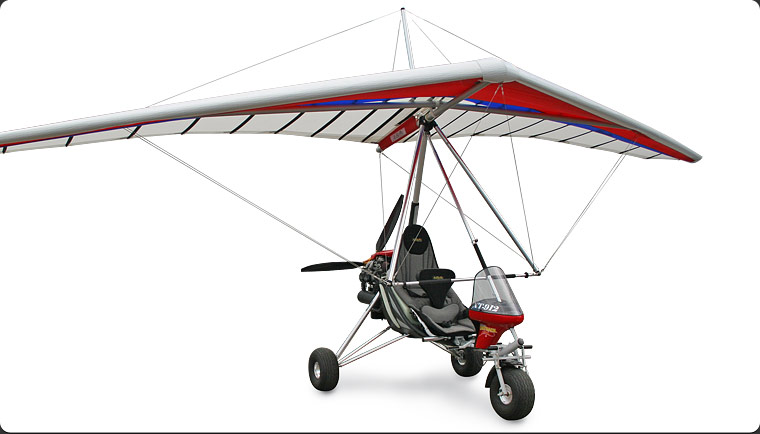

Like the 2 place Rascal, this wing has a full set of turbulators (VG’s) for incredible short field take offs and landings. The small 28ft spanned wing no longer floats like a leaf but cuts through turbulence like a large 2 place trike. The 12m Rascal wing, commonly found on the RevoLT, has been reengineered to a 750lb gross (150lb greater than the ultralight Rev wing). The REV X uses a 25% smaller wing, a longer and wider wheel base and nearly double the horsepower of the ultralight version the Rev. BUT, when the wind blows the fun doesn’t stop with the RevX. Like the ultralight Rev – full suspension, no front strut and quick fold in under 10 minutes make this a great off field trike that can be transported easily by one person. For the foreseeable future, insight into system performance and design will continue to derive from a mix of manufacturer data, anecdotal reports on forums, and pilots like Paul Martin (an engineer), Reider Bernsten, Charles Allen, and others.Fly faster, Fly longer, Fly further while dominating the midday bumps with the RevX
POWERED HANG GLIDER MANUFACTURERS SOFTWARE
These numbers will never come from manufacturers.ģrd parties such as Tyto Robotics sell engineered test benches and provide free software which makes it possible to quantify motor/prop performance.

Neither is there detailed and accurate power train data that allows us to accurately predict a prop’s output power/thrust for any given input power. I can add credits and links back to your FB or home page if you prefer. If you see text or images here that originated with you and want it removed, just ask. Without community participation, this document will likely fade. You can contribute via the Email links or ask to edit the source on Github. Ideally, these pages will become a crowd-sourced document. I’m documenting my learning experience and pulling together resources I believe will benefit those starting at ground zero. This author started out knowing nothing, and still knows little. Much of the information here derives from 3rd parties. Wise pilots make educated decisions based on multiple sources. Adding an electric harness to an already hazardous sport only compounds the risks. You assume responsibility for any action you take. Perhaps the ability to flatland launch with a simple DIY system will invigorate the sport. There’s no need to reinvent the wheel, but there is a need to improve the wheel and invent some wheel alternatives.Įncourage growth in the sport of hang gliding: The decline of hang gliding is well-known. Let’s open some doors and remove the barriers.Īdvance the technology: Easily accessible information should speed and foster the development and use of functional designs. Support DIY development: An overview and concise details of existing projects will hopefully engage the community, increase participation, speed new approaches, and improve safety. Meanwhile, the multi-billion dollar drone, battery, and EV industries are driving the evolution of cheaper, lighter, and more powerful components. A community of pioneers are paving the runway with free advice, open source plans, and Youtube videos. Like most flight, there are some caveats and hazards, but the eharness idea has one moving part and many advantages. The systems are relatively simple and free of tune ups, maintenance hassles, and fossil fuels. Only the pilot can determine the ultimate payback. The time and $$$ investment quickly pays for itself through reduced driving to launches, hang-waiting, tow costs, and alcoholic consumption while Jonesing for airtime. Why eharness? Because for 2000 or 3000 bucks a you can build a 20 pound eharness and flatland foot launch. I’ve ping USHPA about future articles, etc. Open-sourced projects: See Working build database.įuture work: Several websites by others are in progress. OpenPPG forum: Similar concepts, great forum, lots of resources This open source content on Github: Editable data sources: spreadsheets lists, calculators, glossary


 0 kommentar(er)
0 kommentar(er)
